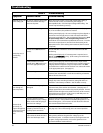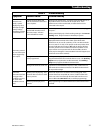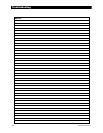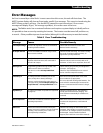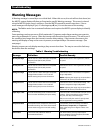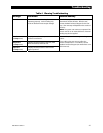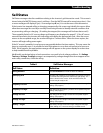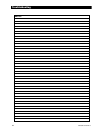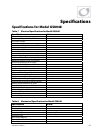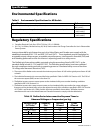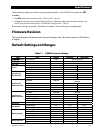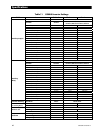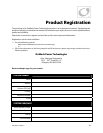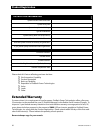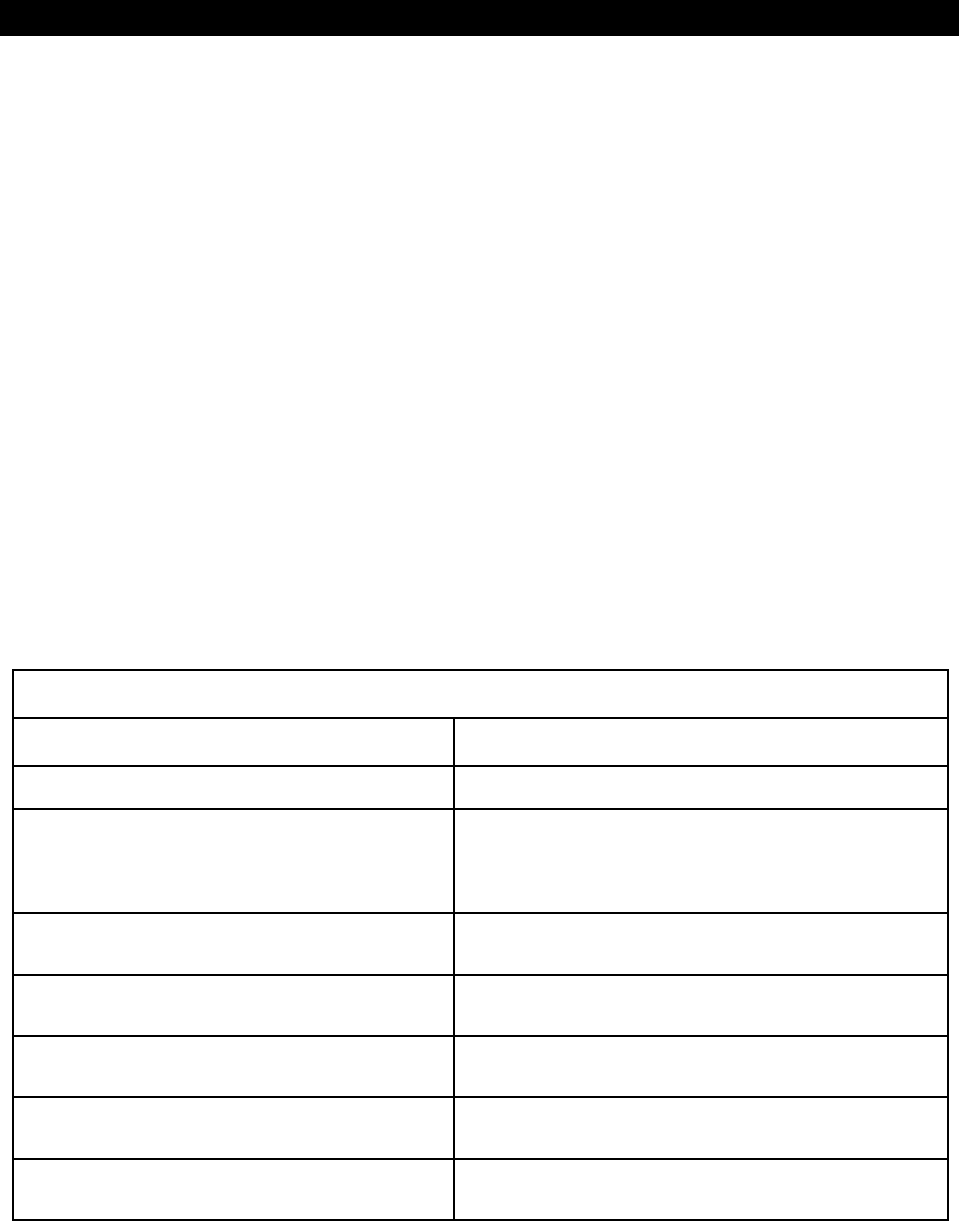
Troubleshooting
900-0020-01-00 Rev A 43
Sell Status
Sell Status messages describe conditions relating to the inverter’s grid-interactive mode. This screen is
viewed using the MATE3 Home screen’s soft keys. (See the MATE3 manual for more instructions.) One
or more messages will display
Y
(yes). If a message says
N
(no), it is not the cause of the disconnect.
If the inverter has stopped selling or charging unexpectedly, this screen may identify the reason. More
often these messages are used by a normally functioning inverter to identify external conditions that
are preventing selling or charging. (If nothing has stopped, the messages will indicate that as well.)
The acceptable limits for AC source voltage and frequency are displayed on page 47. If the AC source
exceeds these limits, the inverter will stop selling and display the appropriate code. After the source
returns to the acceptable range, the screen will begin a 5-minute timer. When the timer expires, the
inverter will begin selling power again.
If the AC source is unstable, it may become unacceptable before the timer expires. This may cause the
timer to continually reset. It is possible for brief fluctuations to occur that are too fast to be seen on a
DVM. If this happens, the appropriate message will still appear on the system display for a short time
to help troubleshoot the problem.
Additionally, undersized wires or bad connections can result in local voltage problems. If a
Voltage
Too Low
or
Voltage Too High
message is accompanied by voltage changes that do not appear at the
main utility connection, check the wiring.
Table 6 Sell Status Messages
Sell Status Definition
Selling Disabled
The
Grid-Tie Enable
command has been set to
N
(no).
Qualifying Grid
All utility grid conditions are acceptable. The inverter is running
a 5-minute test during which it confirms the grid quality. The
timer is shown on the screen. At the end of that time, the
inverter may be ready to sell.
Frequency Too Low
The utility grid’s AC frequency is below the acceptable range for
selling. (See page 47.)
Frequency Too High
The utility grid’s AC frequency is above the acceptable range for
selling. (See page 47.)
Voltage Too Low
The utility grid’s AC voltage is below the acceptable range for
selling. (See page 47.)
Voltage Too High
The utility grid’s AC voltage is above the acceptable range for
selling. (See page 47.)
Battery < Target
The battery voltage is below the target voltage for that stage
(Float, Selling, etc.). No excess energy is available to sell.




